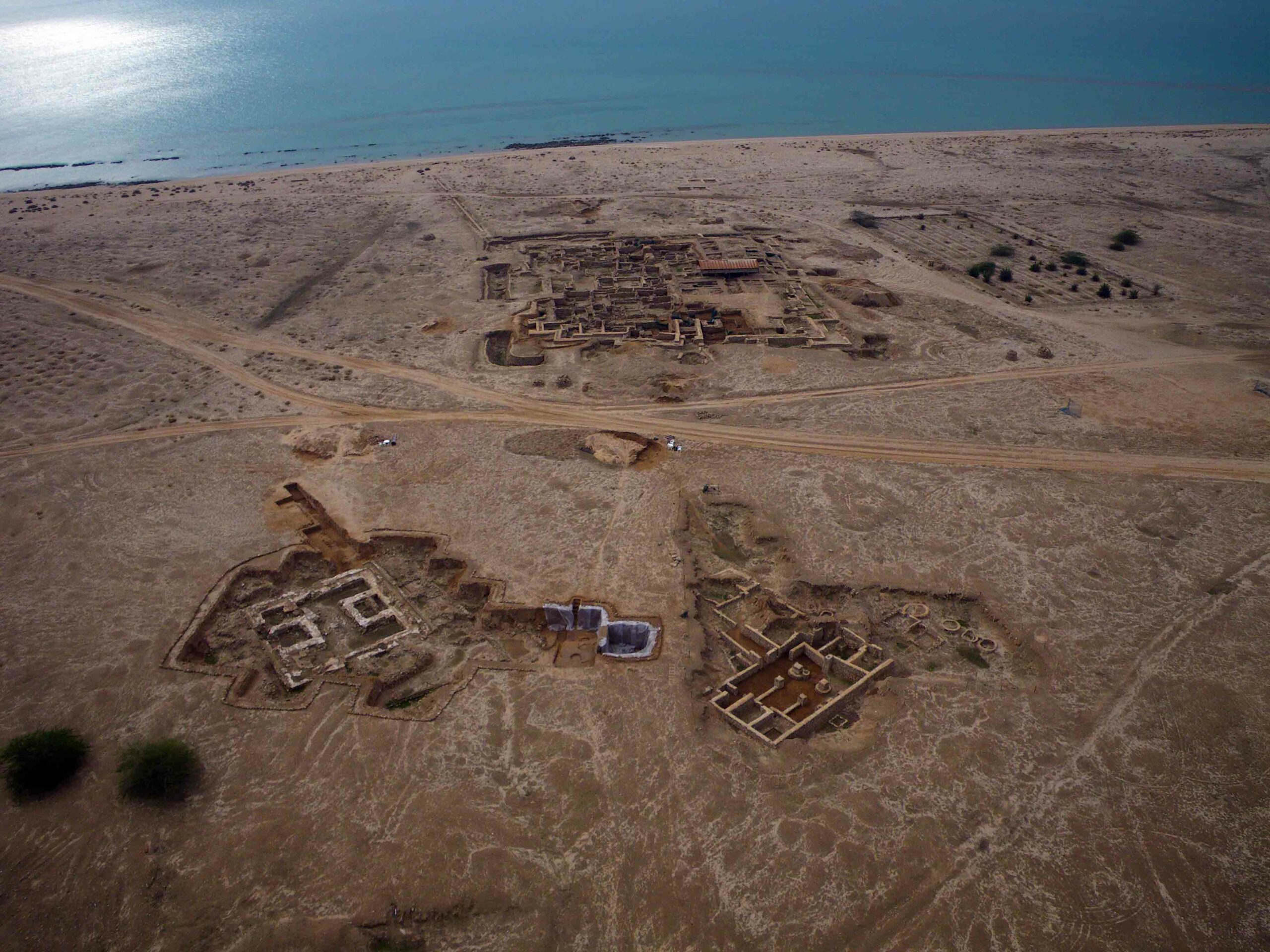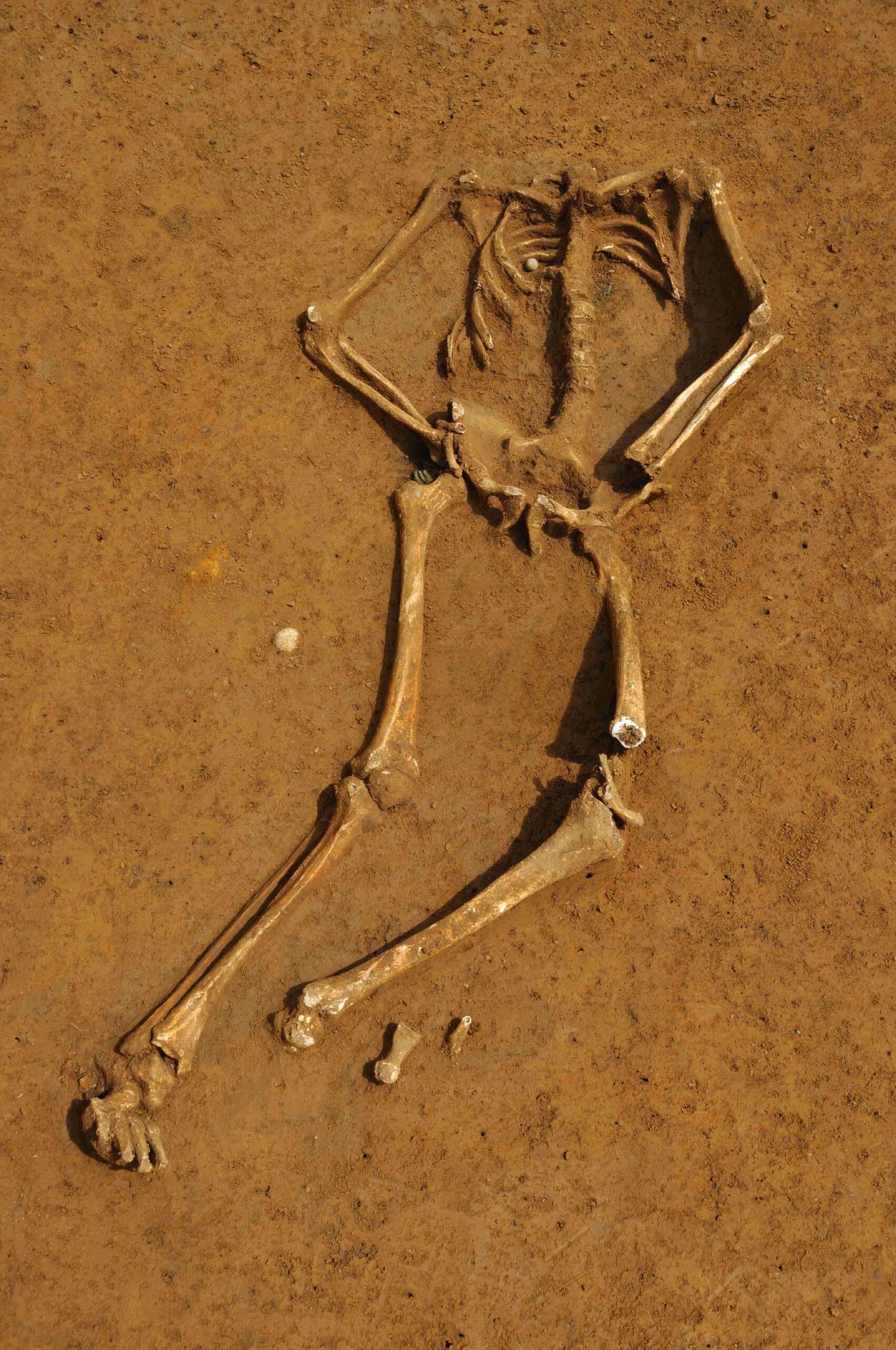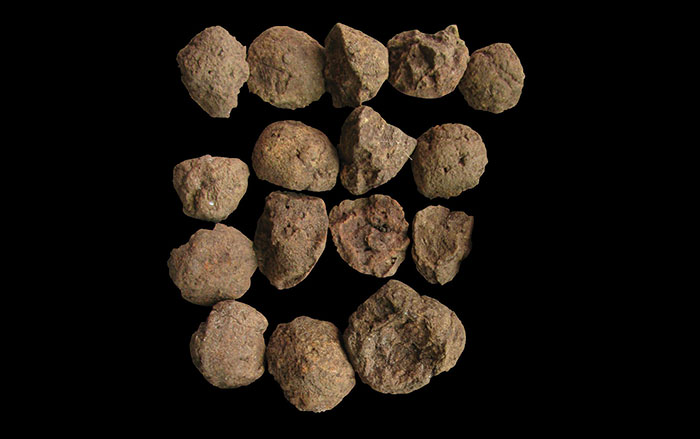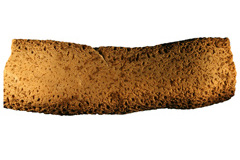
TONGA

TONGA: The site of Nukuleka in Tonga is the oldest known site occupied by the Lapita peoples who initially settled remote Oceania, but it has been difficult to date the first settlement precisely. Scientists have now used uranium-thorium dating on thirteen small coral files to find that people of the Lapita culture arrived between 2,830 and 2,846 years ago, nailing down the founding event of Polynesia with unprecedented precision. —Samir S. Patel

NEW ZEALAND

NEW ZEALAND: Archaeological sites are often described as “time capsules,” but rarely does the term apply as well as it does to a recent discovery in Christchurch. In the foundations of an office building—demolished as part of the recovery after the city’s deadly 2011 earthquake—archaeologists found a room containing 1,600 artifacts from the 19th century, including a lady’s tiny pocket watch, a pot of ointment, and a variety of pottery and glass fragments. —Samir S. Patel

JAPAN

JAPAN: Examples of ancient Japanese armor have been found before, but never on the remains of their wearer. At the site of Kanai Higashiura, archaeologists have found the skeletons of an infant and an armor-clad warrior, both entombed in ash from a volcanic eruption in the early sixth century. This type of armor, made of small overlapping metal plates, is sometimes found among grave goods. The style suggests he may have been an elite warrior or a guard at an elite residence. —Samir S. Patel

INDIA

INDIA: The Romani, once known as “gypsies,” are Europe’s largest minority group, with 11 million members. They speak a variety of languages and have a range of customs, but share a common genetic heritage. A study of the DNA of 13 Romani groups from across the continent confirms what was suspected from linguistic analysis—that all the Romani hail from northwestern India, and migrated out approximately 1,500 years ago. —Samir S. Patel
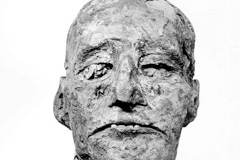
EGYPT

EGYPT: A papyrus in the Egyptian Museum tells of the “Harem Conspiracy,” an attempt by one of the wives of pharaoh Ramesses III, Tiy, to murder her husband to put her son Pentawere on the throne. According to the papyrus, the plot was uncovered—but the fate of Ramesses III is left unclear. New CT scans of the pharaoh’s mummy suggest something sinister was afoot—he clearly had his throat cut in 1156 B.C., and a Horus eye amulet was placed in the wound to enable his recovery in the afterlife. Researchers theorize that the “Harem Conspiracy” may have been a success after all. —Samir S. Patel

CZECH REPUBLIC

CZECH REPUBLIC: Analysis of the exhumed remains of 16th-century astronomer Tycho Brahe has put to rest a few of the most notorious tales about his life and death. Samples from his beard, bones, and teeth were studied to determine if there is any truth to the rumor that he died from mercury poisoning. The samples don’t contain deadly concentrations of mercury, suggesting that reports of death by bladder infection might be more credible. The researchers also found that Brahe’s famous prosthetic nose (he lost the original in a duel over a mathematical formula) was made not of gold or silver, but of bronze. —Samir S. Patel
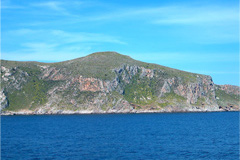
ITALY

ITALY: Today the islands of the Mediterranean are practically synonymous with seafood. But for some of the early residents, the bounty of the sea wasn’t on the menu. Collagen analysis of human remains found in a cave on Favignana, an island west of Sicily, shows that settlers there 20,000 to 25,000 years ago relied on land animals—deer and boar—rather than fish, even as rising seas isolated the island. They may have lacked well-developed fishing technology. —Samir S. Patel

NORWAY

NORWAY: Around 1,300 years ago, Vikings grew marijuana—not for smoking, but for versatile hemp, used for making textiles and rope. Pollen from bog samples taken in the 1940s and 1950s and stored in a museum collection were found to contain higher-than-normal concentrations of hemp pollen. It is not known exactly how the hemp was used, as plant fibers don’t preserve well in this setting, but it appears that the plants were laid out in the wet bog to prepare them for processing. —Samir S. Patel
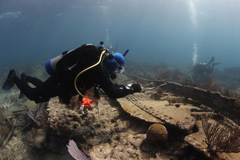
FLORIDA

FLORIDA: Known locally as “Mike’s Wreck,” the remains of a ship six miles off the coast of Key Largo were unidentified until a new survey. The location and measurements of the wreck match those of Hannah M. Bell, a British steamer that grounded on Elbow Reef in April 1911, laden with coal bound for Mexico. The wreck itself became one of the Keys’ many navigational hazards—the steamer Quoque wrecked on its remains in 1920. —Samir S. Patel
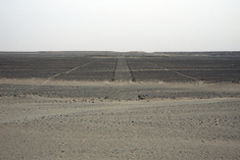
PERU

PERU: A five-year study of the famed Nazca Lines, massive geoglyphs in the Peruvian desert, took a down-to-earth approach. Archaeologists walked the paths, which are between 1,300 and 2,100 years old, to see them perhaps as their makers once saw them. Among the finds is a previously unstudied labyrinth, 2.5 miles long, hidden in plain sight, and full of disorienting twists and turns. Walking such paths single file likely had some unknown ritual purpose. —Samir S. Patel






